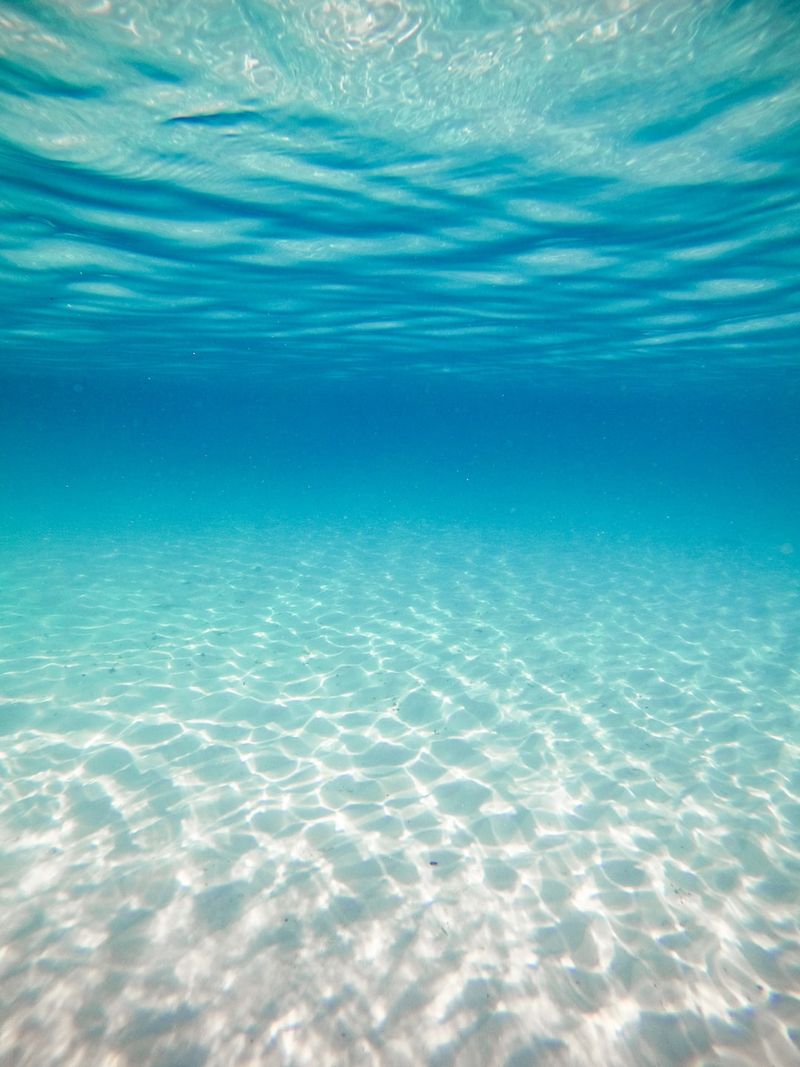Investigating the Catastrophic Implosion of the Titan Submersible
The recent news of the catastrophic implosion of the Titan submersible has shocked the maritime community and brought to light the dangers of deep-sea exploration. The submersible, which went missing during a dive to the wreckage of the Titanic, suffered a fatal implosion that claimed the lives of five people on board. This unfortunate incident has sparked discussions about the nature of implosions and the risks associated with exploring the depths of the ocean.
The Science of Implosions
An implosion occurs when the external pressure exerted on an object is greater than its internal pressure, causing it to collapse inward. In the case of the Titan submersible, the intense water pressure at a depth of 12,500 feet in the North Atlantic proved to be too much for the craft’s hull to withstand. The resulting implosion would have been instantaneous and devastating.
Bob Ballard, a renowned deep-sea explorer who was part of the team that discovered the Titanic wreck, aptly described the energy involved in an implosion as “amazing” and capable of “literally shredding everything.” This description underscores the immense forces at play in such a catastrophic event.
The Design of the Titan Submersible
The design of the Titan submersible has also come under scrutiny in light of this tragedy. While OceanGate Expeditions, the company behind the submersible, praised the craft’s roomier cylinder-shaped cabin made of carbon fiber, experts argue that it was a departure from the sphere-shaped cabins made of titanium commonly used in submersibles.
A sphere is considered the “perfect shape” for deep-sea exploration because water pressure is exerted equally on all areas. In contrast, the larger internal volume of the Titan’s cylinder-shaped cabin meant that it experienced more external pressure, putting greater strain on the hull.
The Role of Hull Design and Maintenance
The implosion of the Titan submersible raises important questions about the role of hull design and maintenance in deep-sea exploration. The repeated stress endured by the submersible’s hull during more than two dozen deep-sea dives may have contributed to the catastrophic failure.
Jasper Graham-Jones, an associate professor of mechanical and marine engineering, highlights the potential for delamination, a horizontal splitting of the carbon-fiber hull, due to the stress placed on the structure. This emphasizes the critical importance of regular inspections and maintenance to ensure the integrity of submersible hulls.
The Future of Deep-Sea Exploration
The tragic implosion of the Titan submersible serves as a stark reminder of the perils associated with deep-sea exploration. As technology advances and the desire to uncover the mysteries of the deep grows, it is crucial that we approach these endeavors with caution and prioritize the safety of those involved.
Philosophical and Ethical Considerations
Exploring the depths of the ocean has long captivated human curiosity and fueled scientific progress. However, the risks inherent in such ventures raise ethical and philosophical questions. How much should we sacrifice in pursuit of knowledge and discovery? What measures should be in place to ensure the safety of those who partake in these endeavors?
These are complex questions with no easy answers. On the one hand, advancing our understanding of the ocean and its ecosystems can have profound implications for environmental conservation and sustainable development. On the other hand, the loss of human life in pursuit of these goals cannot be taken lightly.
Learning from Tragedy
While the implosion of the Titan submersible is a devastating event, it presents an opportunity for reflection and improvement. The maritime community must use this tragedy as a catalyst for enhanced safety protocols, improved hull design, and more stringent maintenance standards.
Government bodies, industry experts, and researchers should collaborate to establish best practices for deep-sea exploration, including guidelines for submersible design, testing, and operation. Additionally, ongoing investment in research and development can help advance the technologies and materials needed for safer and more reliable submersibles.
is a current affairs commentator for The New York Times. Follow him on Twitter @EFelsenthal.

<< photo by Ali Abdul Rahman >>
The image is for illustrative purposes only and does not depict the actual situation.
You might want to read !
- The Spectacular Collapse: Unraveling the Mystery of a Catastrophic Implosion
- The Tragic Underwater Collapse: Investigating the Catastrophic Implosion of the Titanic Tourist Sub
- A Deep Dive into a Catastrophic Implosion: Exploring the Perils of the Titan Submersible
- Underwater Disaster: Unveiling the Cataclysmic Implosion of the Titan Submersible
- The Rise and Fall of Stockton Rush: A Tragic Tale of Titan Submersible
- The Rise of Arkansas’ Nick Smith Jr: Charlotte Hornets Make a Bold Move in the 2023 NBA Draft
- The Resilience of Nick Smith Jr.: Overcoming Injury and Building Friendships That Last




